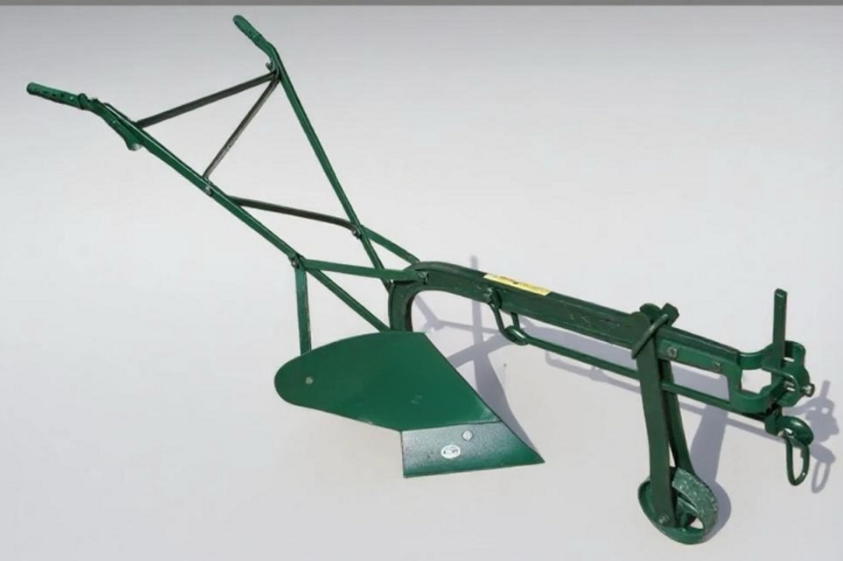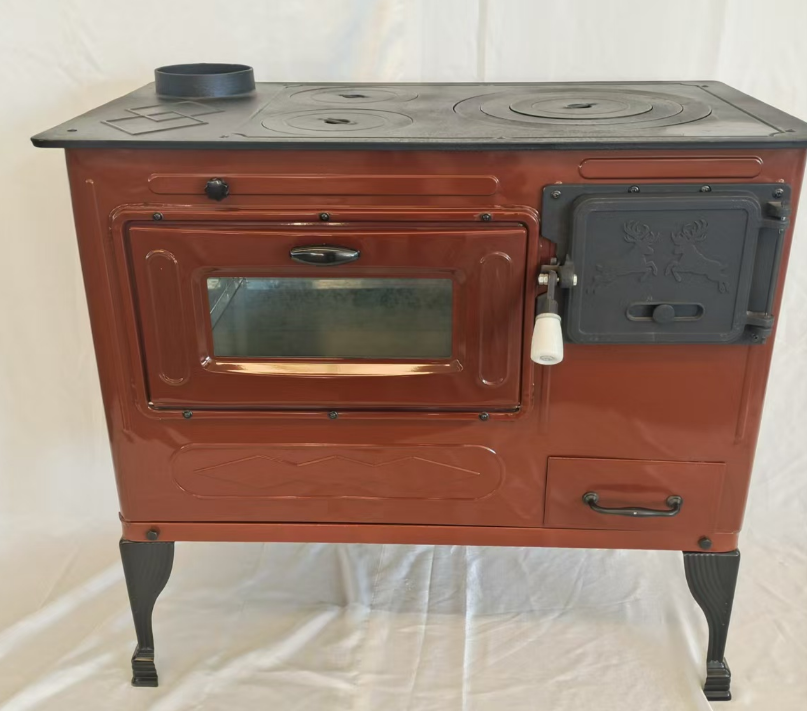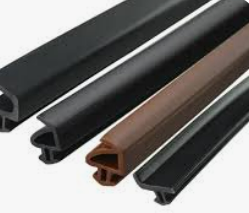The Immortal Legacy of Cast Iron Spears: From War to Decorative Use
The cast iron spear symbolizes the rich and varied history spanning thousands of years. From ancient war tools to modern decorative elements, cast iron spears have undergone great evolution in form and function. Originally designed for practical use in hunting and fighting, these spears have now been transformed into decorative symbols of power, authority and style. In modern architecture and design, cast iron spears are common in fences, gates and railings, which have both functional and aesthetic appeal.
Cast Iron Spear: The Historical Origin of Spear
The historical origin of cast iron spears can be traced back to ancient civilization, when they were important weapons for warriors on the battlefield. Spear is one of the most primitive and widely used weapons in human history. Their earliest form can be traced back to more than 400,000 years ago, and wooden spears were found in archaeological sites in Europe and Africa. With the passage of time and the appearance of metalworking, spears developed, and civilization began to use stronger and more durable materials, such as bronze and iron, and finally used steel.
Especially cast iron, because of its brittleness, is usually not used as the functional head of combat spear. Wrought iron is more malleable and less easily broken under impact, so it is more suitable for the spearhead of combat. On the other hand, cast iron has found its place in decoration and decorative applications, especially in architecture.
Transition to Decorative Cast Iron Spear
The industrial revolution in the 18th century marked a major turning point in the production and use of cast iron. With the ability of mass production of iron products, craftsmen and manufacturers began to explore the decorative potential of cast iron in architecture and design. Cast iron spears have become a common decorative pattern, especially at the top of fences, gates and railings.
The decorative use of cast iron spears is particularly popular in Victorian architecture, and gorgeous ironware is regarded as a symbol of prosperity and maturity. Cast iron spears, usually with complex designs and patterns, such as iris, floral patterns or geometric shapes, are decorated on the top of fences and gates, which increases the safety and elegance of property.
Cast Iron Spears in Architecture and Design
Fences and railings: Cast iron spears are probably most often associated with fences and railings. They are usually used as decorations to cover the vertical poles or pickets of fences. These cast iron fence spears not only increase the visual interest, but also play a functional role in preventing intruders from climbing over the fence.
The shape of the spear tip is an affirmation of its historical origin as a weapon, symbolizing protection and strength. Sharp, upward sharp corners form an unforgettable barrier to prevent unauthorized entry, making cast iron spears a popular choice for fences around private estates, parks and public institutions.
Doors and entrances: In addition to fences, cast iron spears are often used in gate design. The entrance gate is usually the focus of the hotel appearance, and the use of cast iron spear enhances its aesthetic appeal and security.
The combination of cast iron spear points in gate design evokes a sense of formality and authority, making them a popular choice for government buildings, historic houses and gated communities. Spears are usually arranged vertically along the top of the gate, creating a striking visual impact, which is both commanding and decorative.
Stairs: Cast iron spears are also used for stairs, especially in magnificent historical buildings and houses. The vertical railings of stairs provide support for handrails. The cast iron spear points add exquisite and elegant elements to the overall design.
In houses with a long history, these decorative elements often reflect the artistic trend at that time, and cast iron spear railings have complex patterns and themes. The modern interpretation of cast iron spears on railings tends to be minimalist, but they still bear the same symbolic significance of strength and protection.
Public Monuments and Statues:The decorative use of cast iron spears is not limited to private houses and buildings. Many public monuments and statues contain spear patterns as a symbol of courage, protection and authority. In these contexts, cast iron spears are literal and symbolic representatives of strength and defense.
To sum up, the application of cast iron spear in different occasions shows its transformation from practicality to art. Many gates featuring cast iron spears also include additional decorative elements, such as scrolls, rosettes or coat of arms, which further enhance the design of the gates. In modern society, the design of cast iron spear pays more attention to the integration with modern aesthetics, and at the same time, it keeps innovating on the basis of retaining the traditional meaning, bringing new visual experience to the field of architecture and art.
-
Plough Wheel Cast Iron Material Enhances Load-BearingNouvèlNov.10,2025
-
Cast Iron Cooking Stove Heat Retention Ensures Even Food HeatingNouvèlNov.10,2025
-
Rubber Strip Shock Absorption Protects Window EdgesNouvèlNov.10,2025
-
Aluminum Profiles High Corrosion Resistance Suits Coastal AreasNouvèlNov.10,2025
-
Window Handle Aluminum Material Ensures Lightweight DurabilityNouvèlNov.10,2025
-
Sliding Roller Plastic Housing Fits Aluminum Sliding WindowsNouvèlNov.10,2025
-
 Plough Wheel Cast Iron Material Enhances Load-BearingNov-10-2025Plough Wheel Cast Iron Material Enhances Load-Bearing
Plough Wheel Cast Iron Material Enhances Load-BearingNov-10-2025Plough Wheel Cast Iron Material Enhances Load-Bearing -
 Cast Iron Cooking Stove Heat Retention Ensures Even Food HeatingNov-10-2025Cast Iron Cooking Stove Heat Retention Ensures Even Food Heating
Cast Iron Cooking Stove Heat Retention Ensures Even Food HeatingNov-10-2025Cast Iron Cooking Stove Heat Retention Ensures Even Food Heating -
 Rubber Strip Shock Absorption Protects Window EdgesNov-10-2025Rubber Strip Shock Absorption Protects Window Edges
Rubber Strip Shock Absorption Protects Window EdgesNov-10-2025Rubber Strip Shock Absorption Protects Window Edges












